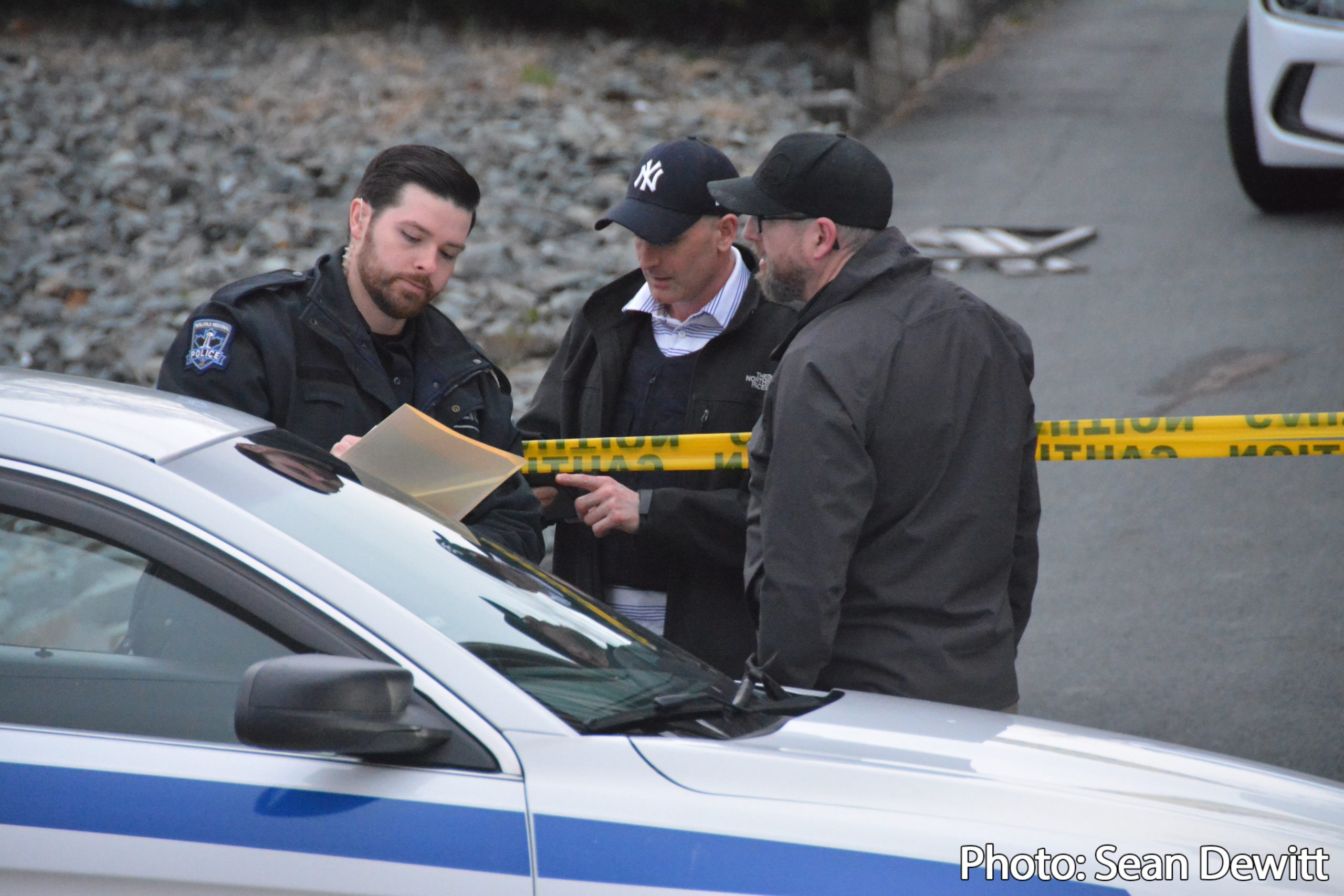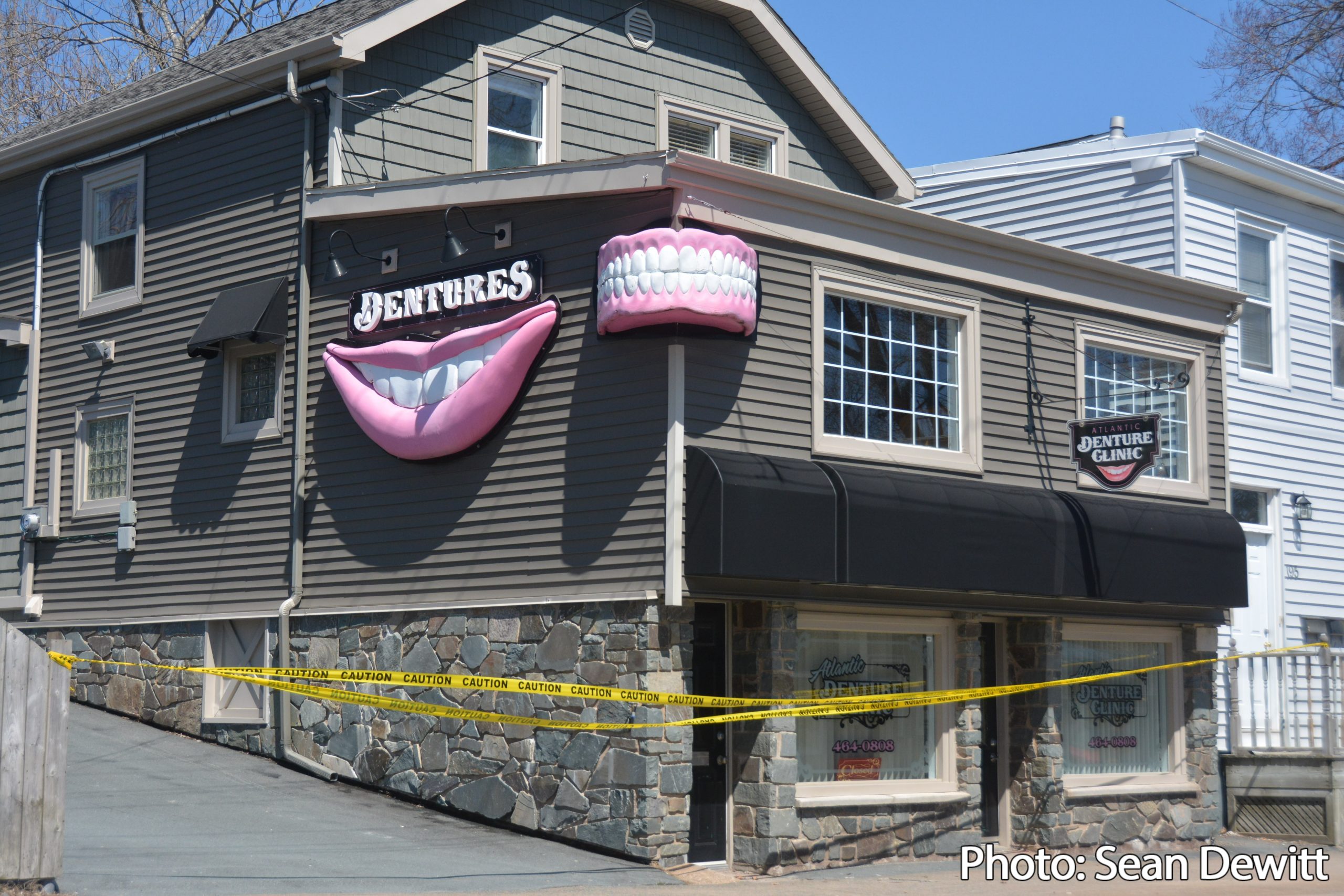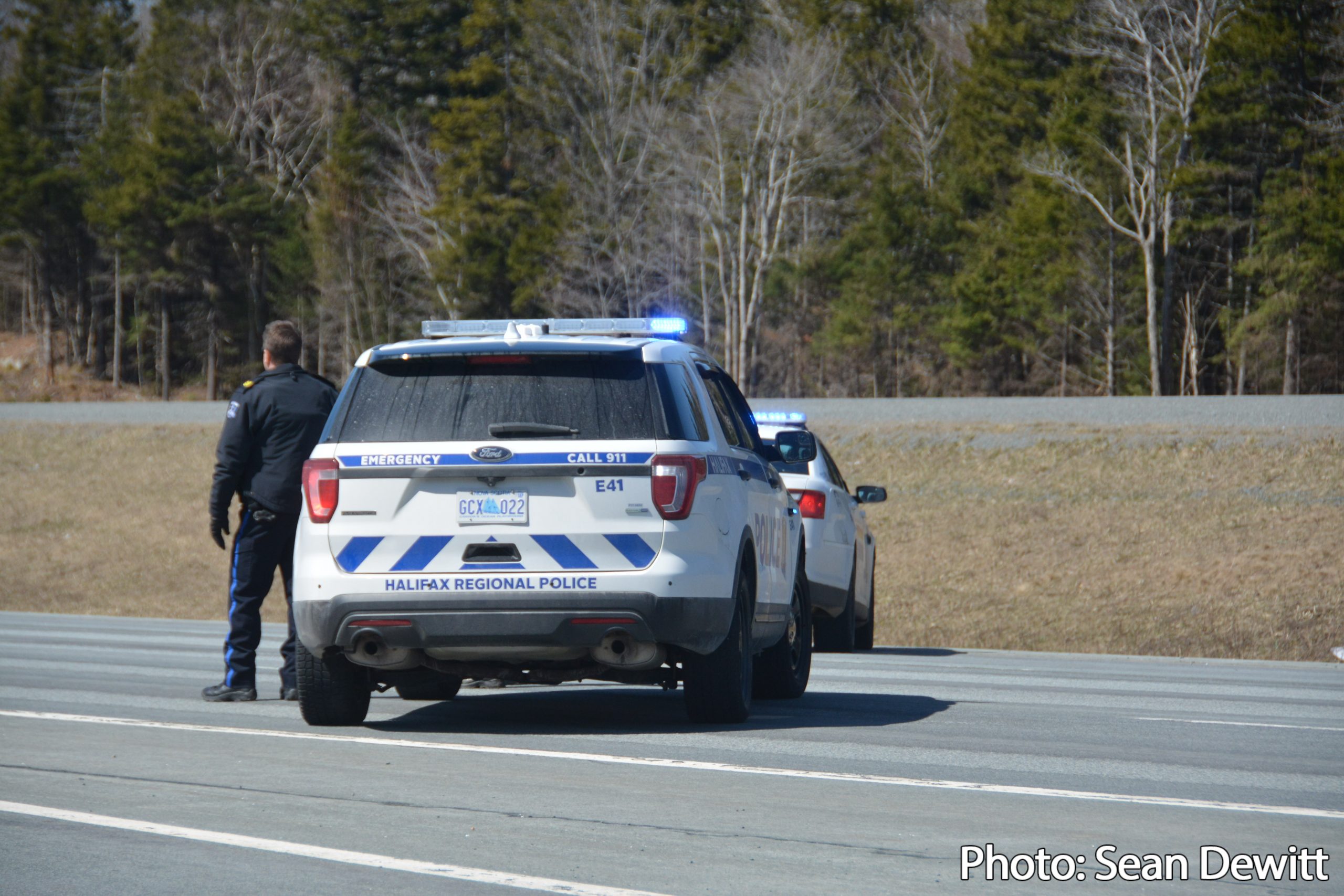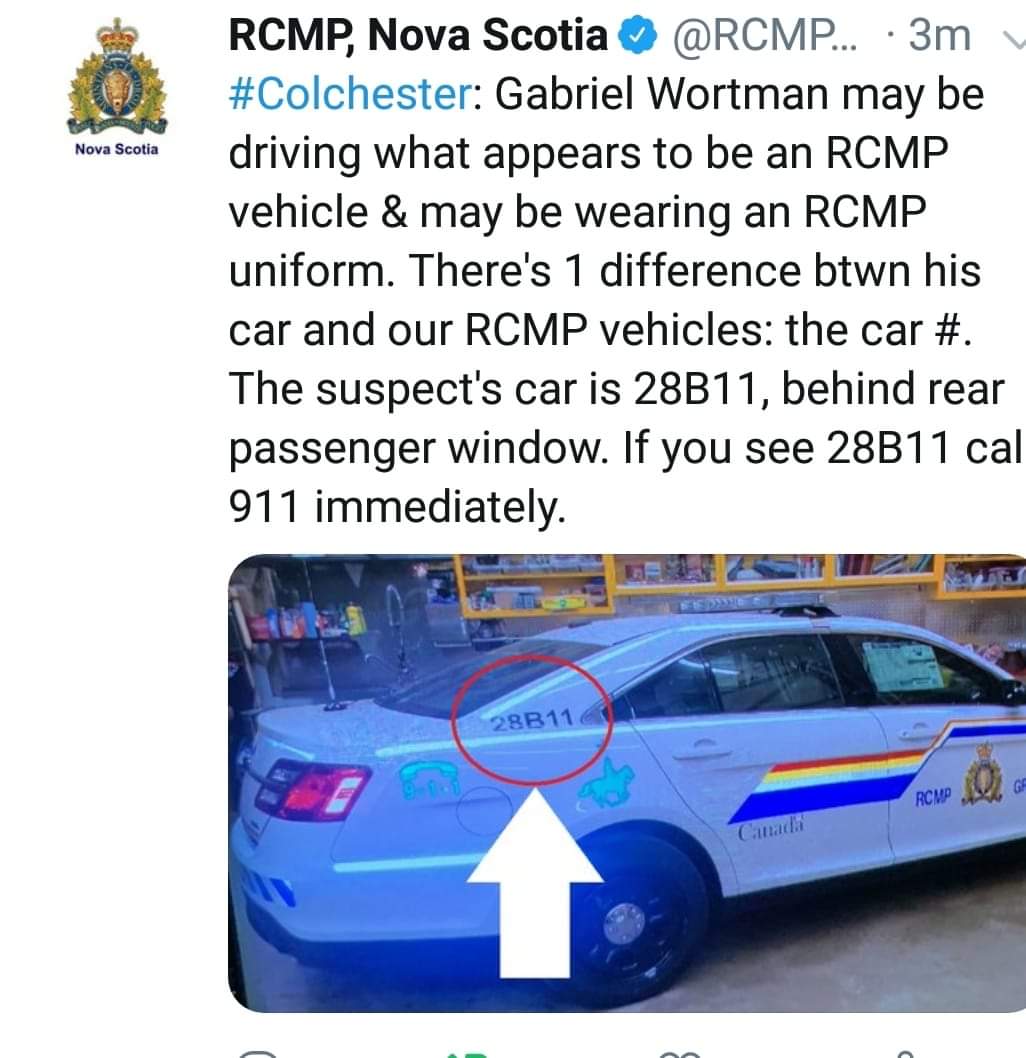**** RCMP Media Release
Through the assigned RCMP family liaison officers, families have been advised in advance of when and what information we are providing publicly regarding the investigation. We remain committed to providing them with meaningful, factual updates as the investigation unfolds.

The investigation, known as Operation H-Strong, is being led by the Nova Scotia RCMP Major Crimes Unit. Hundreds of RCMP employees have been and continue to be engaged and the investigation has been supported by specialized RCMP resources from across the country.

To date, investigators have interviewed more than 650 individuals from British Columbia, Alberta, Ontario, New Brunswick, Nova Scotia and the United States. A number of exhibits have been forensically examined by highly skilled RCMP Forensic Identification specialists, RCMP Forensic Scientists from our forensic laboratories and by specialists within the Nova Scotia Medical Examiner’s office. It is important to highlight the complex, difficult and highly professional work that they continue to provide during this investigation.

Aside from determining the gunman’s actions and movements before and during April 18th and 19th, the investigative objectives remain the same and includes determining if anyone had any knowledge of the gunman’s plans and if anyone provided assistance to him in any way.

Though the gunman cannot be brought before the courts, the investigation must meet the same standard as if we were in a position to do so. All of our investigative inquiries, actions and standards are centred on working towards gathering sufficient evidence to determine what role any individual may have played in these horrific crimes. Every piece of information we receive is analyzed, fact checked and corroborated in order to assess the weight, validity and value of the information. There is no room for speculation. To get it right takes time. This is what is expected and that is what we intend to deliver.

It is through the work of RCMP investigators and of our partners dedicated to this investigation that I am in a position to provide you with an update on the investigation and clarify or correct some of the information that has been circulating from a variety of sources.
I am not going to reiterate some of the information that has been provided in previous press conferences. Most are aware of the devastating actions of the gunman starting in the community of Portapique on April 18. I would first like to provide some information that has been learned as it relates to the analysis of the initial RCMP response that night.
The initial response
The initial RCMP first responders arrived within minutes of each other. As previously described, the search area was spread out, contained several acreage properties, much of which are covered in wooded areas and several residences and outbuildings, some of which were already on fire. Aside from the fires, the search area was very dark.

As the incident was being treated as an active shooter incident, the initial RCMP first responders quickly formed an Immediate Action Rapid Deployment Team, otherwise known as an IARD team. The IARD Team immediately entered the community in search of the threat. As dictated by their training, their objective was to locate and stop the threat. This is exactly what those RCMP first responders were working toward.

Within minutes of receiving the initial call, the on duty RCMP Risk Manager, who is stationed within the RCMP Operational Communications Centre, notified North East Nova District on call management who immediately initiated the call out of a full Critical Incident Package. The Critical Incident Package consisted of: the Critical Incident Commander, the Crisis Negotiation Team, critical incident scribes, radio technicians, the Emergency Response Team (ERT), Emergency Medical Response Team (EMERT), ERT IT Support, ERT Radio Operator, the Tactical Armoured Vehicle (TAV) & Operator, Police Dog Services (PDS) and the Explosive Disposal Team (EDU). In additional to the first responders who were already on scene and continuing to arrive, the Critical Incident Package added more than 30 additional highly specialized resources to the response.

Questions have been raised with respect to survivors who stayed on the line with 911 operators for a significant period of time during the initial response. It is true that survivors remained on the line with 911 operators. While they remained on the line and in contact with RCMP dispatchers, they were instructed to shelter in place and to hide while the IARD team members continued their search for the threat. IARD members set up containment around the survivor’s residence while other first responders set up containment around the community of Portapique.

As the Emergency Response Team members arrived the gunman was still believed to be in the area, and if alive, was lying in wait, meaning that he would be hiding, ready to shoot or kill anyone. This contributed to a decision to instruct area residents to shelter in place as opposed to evacuate. The Emergency Response Team continued to carry out extensive tactical searches for the gunman while responding to numerous possible sightings in the area and affecting the rescue and eventual evacuation of a number of survivors and witnesses partly with the use of the Tactical Armoured Vehicle.
I just summed up these aspects of the response in a few sentences, but it’s important to understand that this was covered over a period of hours.

As previously reported, we now know the gunman escaped from the area shortly after the first officers arrived. He fled to the Debert area where he hid and remained for several hours before beginning to move again in the early morning hours.
Communications and request for assistance by other police agencies
Media reports have raised questions regarding the level of communications between the RCMP and other Nova Scotia police agencies, as well as an apparent lack of requests from the RCMP to the other NS police agencies for assistance on April 18 and 19. There is detailed information that refutes these claims. I can confirm that the RCMP was in contact with other NS police agencies several times throughout the incident and that information was communicated to all NS police agencies as it became known. These updates and communications originated from the Risk Manager in the RCMP Operational Communication Centre, the Critical Incident Commander, RCMP management as well as through members involved in the incident. Other NS police agencies also contacted the RCMP directly for information and information was provided to those agencies in those cases as well.

With respect to requests for assistance, other NS police agencies were asked to assist the RCMP in a variety of ways. This included agreements by other NS police agencies to cover calls for service in RCMP jurisdictions while our officers were occupied in the response, providing investigative assistance with priority witness interviews while the situation was unfolding, evacuating potential victims from residences known to the gunman as well as providing lockdown security to an area hospital where some of the injured victims were being treated.
Gunman did not pull over vehicles
I will now get into a few items related to the gunman’s movements on April 19. I can confirm through the investigation and witness accounts that the gunman did not use the replica RCMP vehicle to pull over any of the victims who were in their vehicles.

Interaction between Cst. Stevenson and the gunman
Much speculation and many assumptions have been made publicly related to the reporting of the contact and interaction between Cst. Heidi Stevenson and the gunman. As I had previously pointed out, thorough and complete investigations take time and they rightfully include the involvement of several specialized resources in order to piece together the facts.

We have not fully completed this component of the overall investigation, however, what I can provide are a few details based on the evidence: While Cst. Stevenson’s and the gunman’s vehicles collided, we do not believe that Cst. Stevenson rammed the gunman’s vehicle. We can also tell you that the gunman’s vehicle sustained more damage than Cst. Stevenson’s police vehicle, that she bravely engaged the gunman, and that there was an exchange of gunfire between Cst. Stevenson and the gunman. As a final point here, Cst. Stevenson and Cst. Morrison, who had been shot earlier in the morning by the gunman, were both wearing soft and hard body armour.
Acquisition of RCMP/ police uniforms
Our investigation has uncovered a familial association between the gunman and two retired members of the RCMP. Both of these retired members were estranged from the gunman and both have fully cooperated with the investigation. It is not believed that either of these retired RCMP members provided operational duty uniforms to the gunman such as the items that were in the possession of the gunman and discarded at one of the murder scenes. In addition, the investigation has determined that the gunman had been associated to a police officer from another Nova Scotia police agency. This officer has also cooperated with the investigation and we also believe that the officer was not responsible for providing any uniform items to the gunman. The investigation into how the gunman acquired the RCMP uniform pieces is ongoing.

Relationship between the gunman and the RCMP
As another point of specific interest, the gunman was never associated to the RCMP as a volunteer or Auxiliary police officer, nor did the RCMP ever have any special relationship with the gunman of any kind.
Acquisition of police vehicles and emergency equipment
With respect to the retired police vehicles which were purchased by and in possession of the gunman, the investigation has confirmed that the gunman had purchased four Ford Taurus, former police vehicles through local auctions. Emergency equipment installed on the vehicles was purchased by the gunman through a variety of on-line auctions. The installation of some of this equipment was carried out by the gunman and by some of his associates, including Portapique area neighbours and residents. As previously detailed, the decals installed on the gunman’s replica RCMP vehicle were not actual RCMP police vehicle decals, however, were realistic reproductions printed by a local printer/manufacturer. Management of the local printer/manufacturer was not aware that this had taken place and they continue to cooperate with the investigation.

Firearms acquired by the gunman
With respect to the firearms in the gunman’s possession, this component of the investigation remains active and involves other domestic and international law enforcement partner agencies. Limited details can be provided at this time.
What can be confirmed is that the gunman had acquired all of his firearms illegally. Of the five firearms found in the gunman’s possession on April 19th, three were obtained illegally from the United States, one was obtained illegally in Canada through the estate of a deceased associate. These are the four firearms that we have previously indicated the gunman had on April 18. The fifth firearm was Cst. Stevenson’s.
Previous Interactions with the gunman and historical complaints
As part of the investigation, we continue to look into the gunman’s previous behaviours and interactions, including those with police. A number of individuals interviewed have indicated that they had observed the gunman in possession of weapons, and police uniform items and the fully marked, replica RCMP vehicle. None of these witnesses have indicated that they notified RCMP of their observations. Other witnesses have since come forward and expressed that they notified the RCMP regarding intimate partner violence claims and firearms complaints against the gunman. This component of the investigation remains active.

Information of an officer safety bulletin prepared in 2011 by the Truro Police Service and the Criminal Intelligence Service of Nova Scotia recently became publically available. In that officer safety bulletin there was information that the gunman was a denturist who lived and worked in Dartmouth Nova Scotia, that he had a cottage in the Portapique area, was experiencing a mental health crisis, was in possession of a handgun and rifles, that he disliked police and wanted to kill a police officer. With regard to the firearms referenced in the bulletin, I can confirm that all but one of the firearms found in the gunman’s possession were acquired after 2011 and thus are not those described in the officer safety bulletin.

This bulletin was not available to critical incident commanders or responding police officers as the events were unfolding on April 18 and 19. The bulletin was brought forward days after the incident and existed in the archives of another Nova Scotia Police Agency. Generally, officer safety bulletins are purged from searchable police databases after two years.

Attempts to understand the motivations of the gunman
In an effort to better understand the gunman, why he committed these horrible crimes and to determine if there were any predictable factors which may assist in preventing future similar tragedies, RCMP profilers and a RCMP forensic psychologist from the RCMP National Headquarters Behavioural Analysis Unit have provided valuable assistance to the ongoing investigation. This assistance includes a psychological autopsy of the gunman, which is ongoing. The aim of the psychological autopsy is to gain a better understanding of the contributing factors to better comprehend, if possible, the Why?, the Why Now?, and Why in this manner?

Behavioural analysts have shared some of their preliminary findings with the investigative team. In those findings, the gunman was described as an “Injustice Collector”, one who held on to conflict or differences with others, turning them inward until they boiled over in rage. Some recipients of his wrath of violence were targeted for perceived injustices of the past, others were reactive targets of his rage and others were random targets.
We may never uncover all of the details or fully understand why the gunman did what he did. The investigation is committed to providing answers to the victims, the surviving family members, the public and to hold anyone who played a role accountable in these horrible crimes. This is our work, which continues.

.
Remarks from Criminal Operations Officer, Chief Superintendent Chris Leather – June 4, 2020
Our overall response to the incidents on April 18 and 19 are subject to a number of reviews or independent investigations.

The Nova Scotia Serious Incident Response Team (SIRT) is investigating the fatal police-involved shooting of the gunman, as well as the discharge of firearms on April 19 at the Onslow Belmont Fire Brigade Hall.
Both of those investigations are being led by SiRT and are ongoing.
There is something I will add about Onslow because what took place on April 19 as the incident was unfolding, was traumatic for those who were there.
I, along with local RCMP commanders from the area, met with the Chief and Deputy of the Onslow Fire Brigade, to hear firsthand what people experienced.
We had a very respectful and honest conversation, and as partners, we made a commitment to continue to work shoulder to shoulder in our shared responsibility of public safety.
We are moving forward together and are compensating for the damage to the property at the firehall.

There is also an Employment and Social Development Canada (ESDC) investigation that is underway and again, independent from the RCMP.
ESDC investigates any workplace occupational injury or death at federally regulated workplaces.
The investigators will take an in depth look at the overall response including training, equipment, communications, and tactics of the RCMP.
We are participating fully with the investigation.

Another investigation taking place is the internal Hazardous Occurrence Investigation Team (HOIT) that has been created to investigate the incident from a Canada Labour Code perspective.
The Hazardous Occurrence Investigation Team will also identify any occupational causal factors and corrective measures that can be implemented.
In addition, to those that I have mentioned, there are discussions underway to determine the best approach regarding a formal comprehensive review.
We welcome the opportunity to provide our information and what we know.
We will continue to fully participate in the multiple investigations, processes or reviews that are underway.
While we need to respect these processes and will limit our comments accordingly, we will continue to find that balance, and release or share the information that can be shared where possible.
I am also mindful that questions have been raised around the level of information or intelligence sharing that has, or currently takes place in Nova Scotia.

Following April 18 and 19, a member from another police service within Nova Scotia brought forward a historical police bulletin that dates back to May 2011. It was authored by another police service and distributed by the Criminal Intelligence Service of Nova Scotia (CISNS) in 2011.
While a bulletin existed from 2011, it likely would not have changed the response of April 18 and 19.
It was not searchable or available to our responding officers.
The more we learn about the events that took place on April 18th and 19th, and as Supt. Campbell says, “with the benefit of hindsight”,
People are now in a better position to re-assess the provincial Alert Ready System.
Here in Nova Scotia the Alert was used for the first weeks prior to this incident and it was in relation to COVID-19.
To the best of our knowledge the Alert Ready has never been used for an Active Shooter situation by police in Canada.

On April 24, I made the decision to activate Alert Ready, in a separate incident, where credible information came in of shots fired with automatic gunfire moving towards a densely populated area within HRM.
As a result of activating the Alert for a dynamic police incident, we learned the unintended consequences.
Following the Alert there were a large number of people who called 911 to ask non emergency related questions such as should I go pick up my kids, where should I hide, what do I do.
In addition, the Alert was activated well beyond the affected geographic area and what I mean by that is people who live in Prince Edward Island and Yarmouth received the Alert.

This resulted in delays to calls being answered at provincial 911 centres and many calls were not answered at all because of the volume. This had a negative impact on public safety what I mean is people who had true emergencies may not have gotten through.
We are aware it is an available tool and discussions at all levels need to continue around its use.
When activated it impacts all citizens and police services in Nova Scotia.
RCMP is working on national policy to ensure this is addressed. As well we are working with our partners in the province to ensure that when used the system effectively helps to protect public safety.

We commit to sharing those decisions publicly once finalized.



